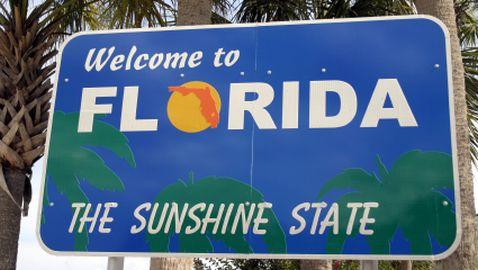Mother Nature Loves an Oakland Garden
Post Views 0Puttering around your garden on one of these beautiful summer days can leave you with many good results. First, of course, it is always good to get out into some warm sunlight and, second, spending time away from the TV’s maddening ruckus can do the soul nothing but good. While visiting your garden, or if you are just putting one together in a long forgotten corner of your estate, there are many elements to consider.
Foremost is what is your theme going to be? Will it be formal and structured or loose and whimsical?Japanese gardens are always the most formal and have limited appeal to many Americans because of that. Additionally, the environment surrounding most American homes is not conducive to the formality required to obtain the Japanese “serenity” so often associated with that style. After all, how can a logical transition be made between Pop’s BBQ set-up and white, combed rocks? Somewhat difficult, anyone would say.
On the other end of the scale is what is increasingly referred to on the West Coast as an “Oakland” garden. These Oakland gardens are, indeed, something majestic to behold. Admittedly, the first time one sees these multi-hued masters of art, color and design one might believe they are looking at a weed patch; but upon closer examination, it becomes all too clear that a great amount of time, effort and money have gone into making an Oakland garden look just like anarchic garden splendor. Developing first in the Piedmont area of Oakland, California it seems that the Oakland-style garden is spreading quickly. This author has spent hours puzzling together how the style originally developed only to give up and exclaim, “Well, it’s just genius whoever made it happen.”
Distilled to its essence, the Oakland garden is an effort to use plants native to the location in which the garden sits, employing natural-looking features or constructs so as to enhance the overall effect of being in nature, and tastefully employing Garden Art in an effort to create the appearance of nature, as opposed to a husbanded setting such as the Japanese employ. A direct result of an Oakland garden is the almost immediate return to one’s garden of native birds, butterflies, bees and other life forms.
One highlight of the typical Oakland garden is the abundant use of Garden Art. The key to discerning an Oakland garden, indeed, may just be how thoughtful is the placing of the Garden Art that is employed.
Garden Art is not new, of course. From the days of King Louis XIV when the art of the garden reached its zenith and was never again surpassed, all the way back to the Romans, Greeks, Egyptians – well, you get the picture: Garden Art has been around a long, long time. But in just the past 25 years, or so, Garden Art is making a resurgence.
The fine skill of employing Garden Art to its fullest potential is honed through study, visiting purveyors of fine Garden Art and, of course, visiting all of those lovely gardens in your neighborhood that you find utilizing Garden Art. Online resources to study the art of the garden abound. For one United Kingdom website has an entire 2-volume work on gardening from 1912 entitled History of Garden Art by Marie-Luise Gothein. After reviewing this tome, it is pretty evident that our long-passed author Gothein’s work is about as exhaustive as it gets and is, therefore, a grand starting-off point for anyone interested in Garden Art.
A well-known West Coast center featuring Garden Art is Inner Gardens with two locations in the greater Los Angeles area. A passion for plants, flowers, and garden antiques prompted Stephen Block to open Inner Gardens in 1990. Since then, Inner Gardens has become the West Coast leader in Garden Art and has grown into two showrooms in the Los Angeles area. The original, on Melrose, has recently been joined with a 15,000 square foot Jefferson showroom featuring a vast selection of vintage and antique garden containers and ornaments, as well as Inner Gardens’ own line of containers and accessories featuring both contemporary and antique reproductions and exotic flora. While walking around the gardens at Inner Gardens may not be as neighborly as traipsing through the gardens on your street, you can certainly pick up all of the ideas, tricks, tips and techniques necessary to piece together your own Oakland garden.
Once you have put together all of the pieces, don’t be surprised if your neighbors start traipsing all around your own, beautifully-wild Oakland garden.
Mother Nature Loves an Oakland Garden by Harrison Barnes


 Los 7 Mejores Musicales
Los 7 Mejores Musicales  Convenient Cell Phone Chargers for Nokia N80
Convenient Cell Phone Chargers for Nokia N80  Increased Consulting Fees Through Self-Confidence
Increased Consulting Fees Through Self-Confidence